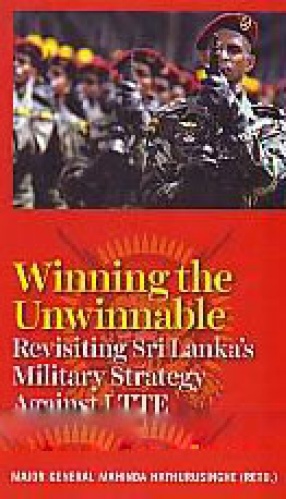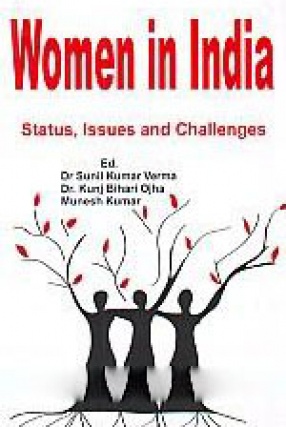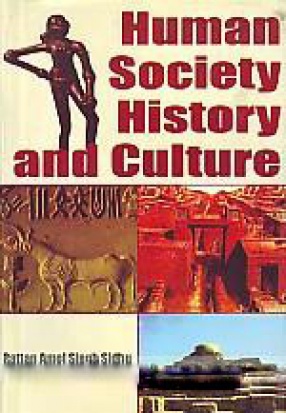Sri Lanka is a nation of multi-ethnic people, where the Sinhalese, Tamils and Muslims have lived peacefully for generations.
The fault lines between the Sinhalese and Tamils that showed up in the modern Sri Lankan conflict were drawn during the period of British colonisation. With the dawn of Independence in 1948, the Sinhalese were empowered with authority to govern. The Tamils were unhappy and felt sidelined.
Suspicion and intermittent riots between the two communities grew and Tamils demanded autonomy in the form of a federal state. Radical sections of the Tamils organised into militant groups to bring pressure on the government.
The situation worsened in the early 1980s and acts of sabotage and disturbances began in the North and East. Though the government initiated peace dialogue, it failed to resolve the issues. India tried to mediate with Liberation Tigers of Tamil Eelam (LTTE) led by Velupillai Prabhakaran, but with no success.
More than 75,000 innocent people perished with a colossal loss of property. Investments were affected and the economy suffered. Tourism, a flourishing industry, was badly affected.
In 2005 a new government came to power. The then President, Mahinda Rajapakse, initiated a round of peace talks with Tigers but failed to make headway. He initiated a strategy called “war for peace.” Sri Lanka thus proved to the world that terrorist wars with “ethnic flavour” could be won.
The Sri Lankan Armed Forces created a benchmark in the history of war-fighting by defeating the most despotic and ruthless terrorist organisation the world has ever seen.





There are no reviews yet.